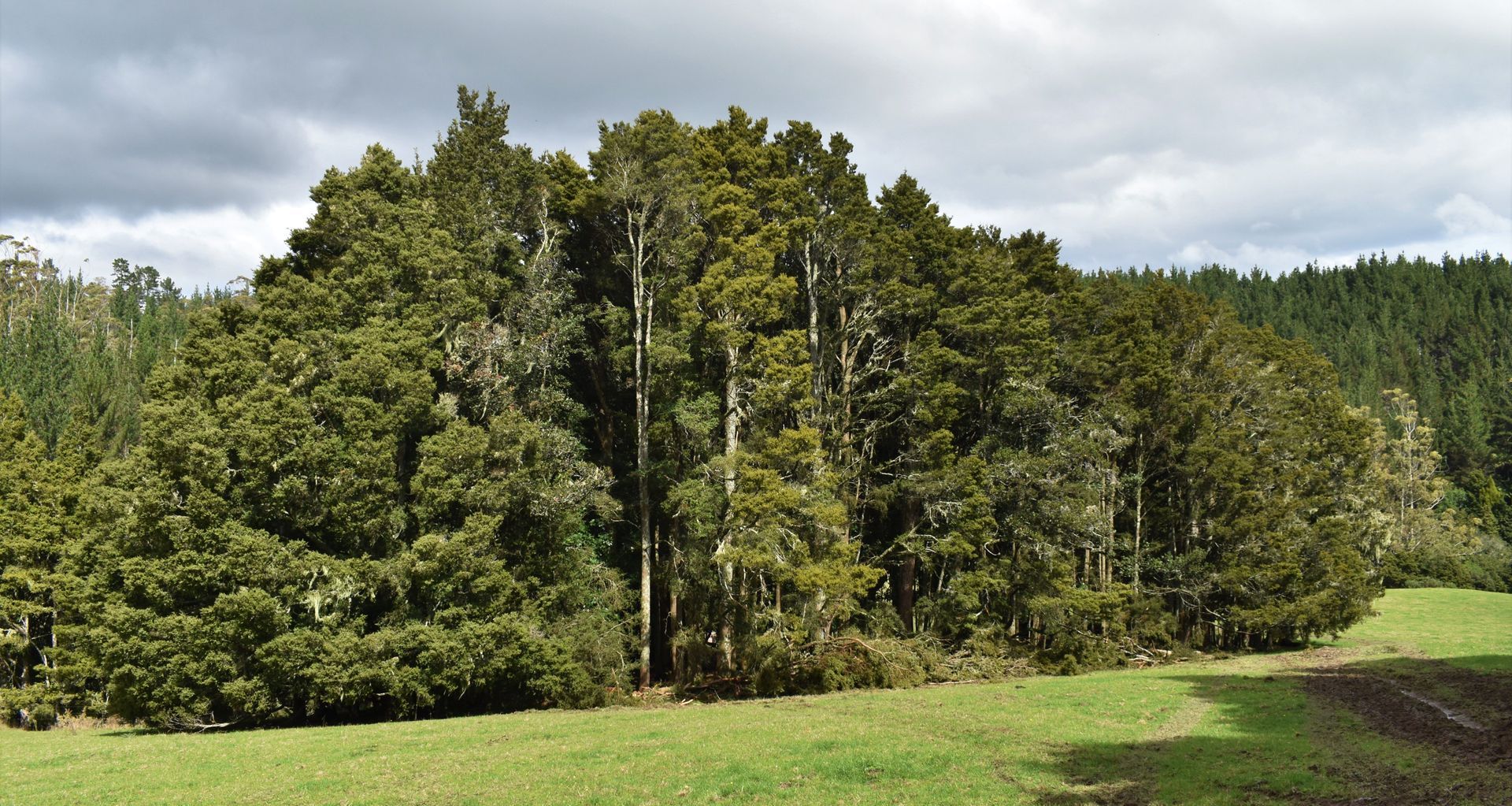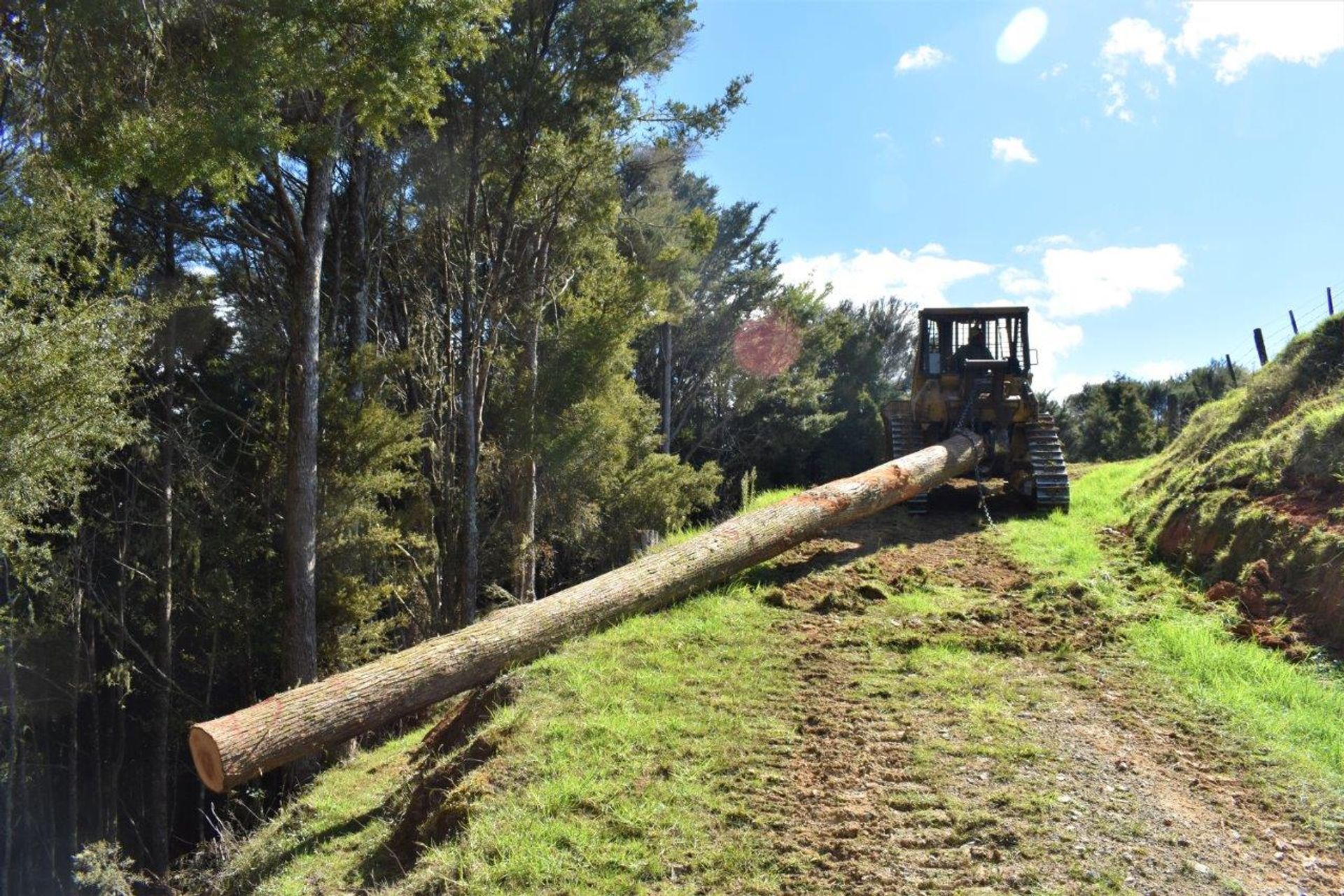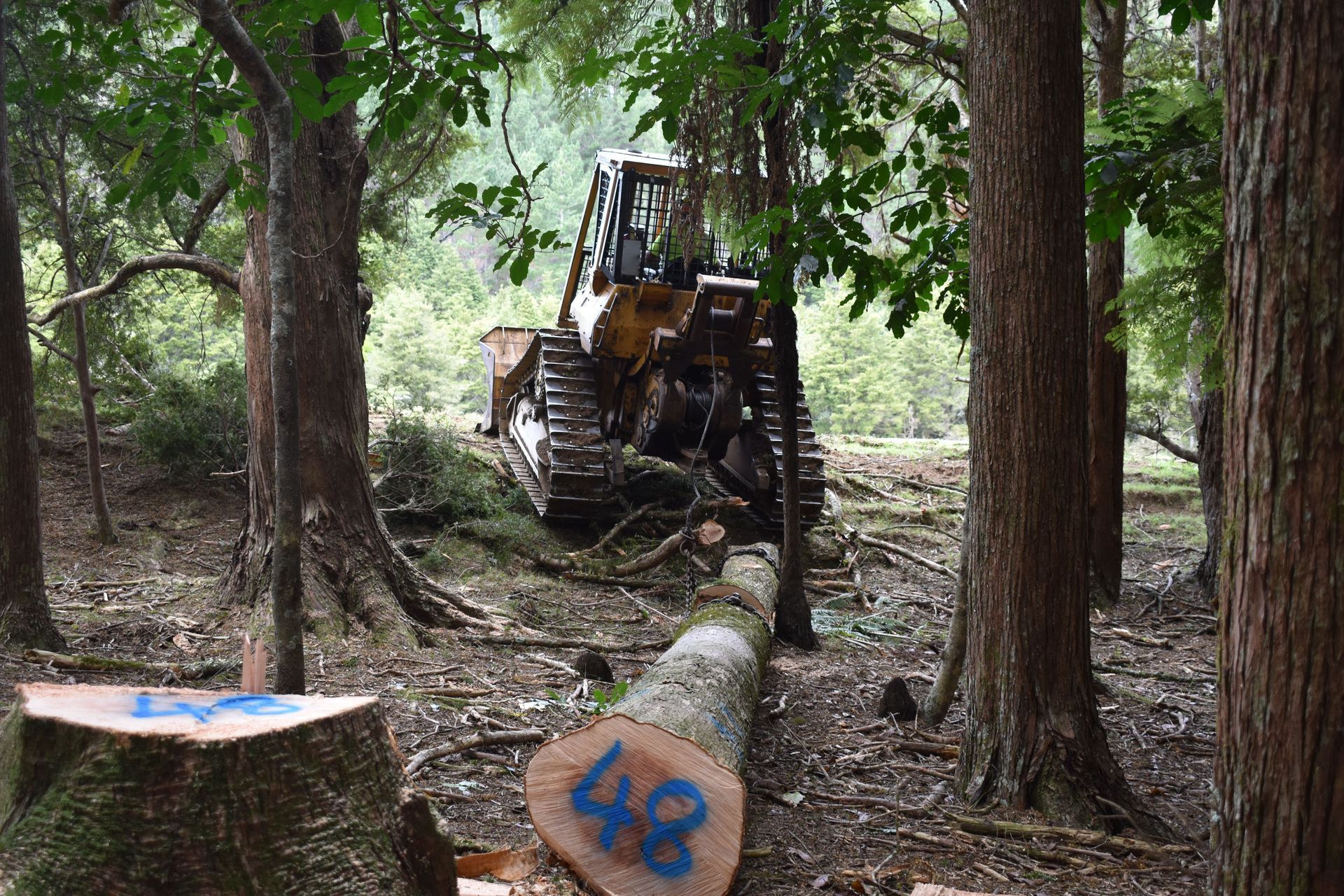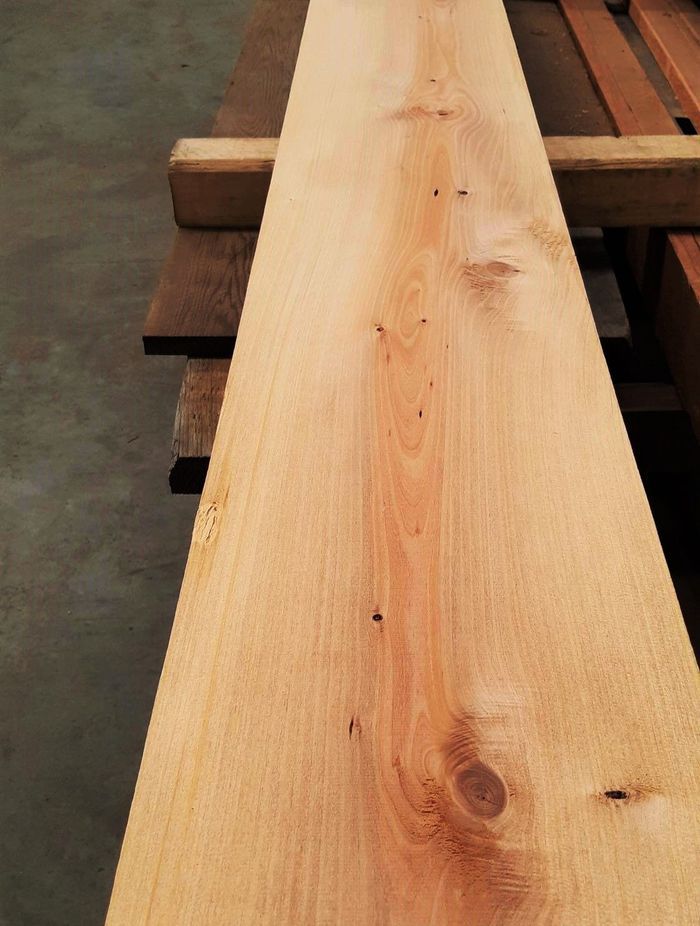Tōtara, the new, sustainable native
Written by
04 November 2019
•
5 min read

While climate change presents a clear threat to our environment, it may have a positive impact on one thing; an iconic native timber. That timber is seeing a resurgence in New Zealand and it’s becoming a sought-after choice for interior use.
Tōtara is an iconic native timber, used in days gone by mainly for exterior applications due to its ultimate durability. However, old-growth tōtara is a scarce resource, rendering it out of reach.
In the last hundred and fifty years or so, much of New Zealand’s tōtara was clear felled for farmland. Despite the widespread felling of this native tree, it’s a hardy species and it has regenerated naturally in many parts of Northland - an area it prefers for its warm climate.
“Tōtara is a pioneer tree species that regenerates freely in disturbed environments, such as land that was previously cleared or logged. It is also resistant to livestock browsing, allowing it to regenerate naturally on land that was farmed,” Scion forestry scientist Greg Steward says. “Because of this, it is now common on many farms in Northland and in some other regions too”.
Northland’s new-growth farm-tōtara is already well integrated into the pastoral environment, and generally occupies less productive areas such as steep slopes, poor soils, shady faces, gullies and riparian margins. “We see naturally regenerating tōtara as being the perfect complement to farming, and the opportunity to ‘weave in’ native forest to the pastoral landscape.
“Tōtara is a species that prefers a warm climate and is relatively tolerant of dry conditions and droughts. Climate change is likely to see better growth of tōtara in natural and planted stands. Over time, tōtara forests will naturally become more species-diverse and provide a suitable environment for shade-tolerant hardwoods and understory vegetation to become established.”
The natural resurgence and attributes of this native tree provide a unique opportunity. The Tōtara Industry Pilot (TIP) - a two-year pilot programme, is assessing the viability of a new industry based on careful management of regenerating tōtara on private land, project manager Elizabeth Dunningham says. “The vision of this initiative is a regional industry based on the sustainable management of regenerating farm-tōtara. We want to see tōtara valued again, as it once was by Maori. We want to change the way landowners view this resource - as something that has environmental and commercial value, something that needs to be nurtured, tended and encouraged, rather than burnt and converted to pasture.”
How is Northland farm-tōtara sustainably managed and harvested?
All farm-tōtara is harvested either as single stems or in small groups of trees (between three and five). “This is continuous cover forestry, which means most of the forest area remains untouched and there is no clear felling,” JSC Timber’s Johnny Dobbyn says.
Careful directional-felling avoids damage to the remaining trees. Harvesting targets poorer trees and leaves the best trees standing to grow on for the future. The volume removed is less than the growth-rate of the forest. A healthy forest structure is maintained by careful tree-selection and low-impact harvesting. The average age of the harvested trees is 85 years, but they range between 50 and 150 years old.
The Forest Act applies to the harvesting and milling of native timber and requires it to be done sustainably. Special Sustainable Forest Management Permits and Plans are required. These are controlled by the New Zealand government through Te Uru Rākau (Forestry NZ) and the Ministry for Primary Industries. The Department of Conservation also comments on all permit applications. Forests and harvests are inspected by Te Uru Rākau.
How does farm-tōtara differ from old-growth tōtara?
Unlike old-growth tōtara, which is generally 500 to 800 years old, farm-tōtara is relatively young tree when it is felled - around 80 years old. “This means it has different uses. Old-growth-tōtara is known for its durability and has therefore traditionally been used for exterior applications where durability, stability and weather-resistance are key,” Johnny says.
“Farm-tōtara differs. Harvested at a much younger age, it is very difficult to tell the difference between the heartwood, which is durable, and the sapwood, which is at this stage still unknown and yet to be quantified. That’s why we are recommending it only for interior applications. JSC Timber is proud to be involved with this project. Our aim is to bring this valuable resource to the market responsibly and sustainably. We want people to understand the product and its benefits and limitations.”
What does farm-tōtara offer for the design industry?
“Young tōtara is an excellent timber suitable for interior applications; it is a durable and beautiful option for exposed beams, exposed fins and other applications such as sarking and wall lining. “Farm-tōtara brings another unique benefit to the market in its long lengths. Long-length native timber is almost impossible to come by now, so having access to this sustainably-managed resource provides new design possibilities,” Johnny says.
Available in 5.4 metre lengths, it represents a unique opportunity for interior features. “We’re able to offer these long lengths because we have chosen to embrace the knots and character, rather than creating only clear-grade pieces as was common in the past. In this way, we are also using more of the tree and contributing to the sustainable management of this precious and emerging resource.” Farm-tōtara is, and will remain, a specialist material with limited availability, but it is one with huge potential.
Find out more about sustainably managed farm-tōtara from JSC Timber.


